The secret of happy country
According to the 2023 World Happiness Report, Finland - the "land of a thousand lakes" with more than 200 gloomy days without sunshine a year, and temperatures sometimes dropping to -20 degrees Celsius, is the happiest country in the world!
The concept of a happy country was introduced by the King of Bhutan in 1972 according to the Buddhist philosophy of happiness and based on four criteria: economic self-sufficiency, clean environment, preservation of cultural values, good governance and popular support with the famous statement: "Bhutan does not need Gross National Product (GDP), we need Gross National Happiness!". Up to now, some social organizations still rank Bhutan as the happiest country in the world according to the above criteria.
Later, the United Nations developed a set of criteria for happy countries that combines criteria on economic development (Gross national income, average income per capita...), innovation, and criteria on health, longevity, social security, environment, satisfaction, and people's trust in the government... The United Nations has officially published a report ranking happy countries every year since 2012 and according to the above criteria, Finland has been ranked highest for 6 consecutive years.

Proper happy education is to make students feel the joy of learning, stimulate curiosity, love of learning, dreams and creativity.
So what made this miracle happen?
Until the 1970s, Finland relied heavily on a logging economy with a risk of resource depletion and a severely degraded education system. Realizing the need to move towards a sustainable economic development and create a happy nation, Finland reformed its education system towards happiness education.
The concept of happy education was first proposed by philosopher Herbert Spencer (UK) in the mid-19th century: "The purpose of education is to make children happy and in the process of learning, children should also be happy".
However, implementing education according to the above philosophy is not simple. There have been many analyses of the success of the Finnish model of happy education, which brings happiness into education and makes education the foundation of happiness. The factors that create happy education in Finland include:
- Care and respect the differences and individual needs of each individual in society. Give autonomy to schools to build and organize educational activities that harmoniously combine nature, environment, school culture... to create happy schools.
- The education system operates not on comparisons and rankings between individuals and schools, but on equality, community building and shared success. While in the US, success and happiness are considered individual and even competitive goals, in Finland, success is a team goal.
- Teaching, learning and experiential activities are all aimed at bringing joy and happiness to both students and teachers through interdisciplinary teaching topics, expanding knowledge and improving life skills towards Truth - Goodness - Beauty.
- Reduced workload and exams. During the entire high school education, there is only one standardized exam for students after finishing grade 12.
There are many other interesting differences in Finnish happiness education that we can learn online. Many countries are studying and learning this educational model.
For example, Japan has also started to promote educational reform in general education since 2002 according to the philosophy of happiness education: reducing 30% of the curriculum content, not ranking academic performance, creating conditions for children to play more than study... However, after a few years of implementation, Japan, which has always been at the top of the International Student Assessment (PISA) test, has dropped to 6th place. This has forced Japanese educational leaders to review and adjust the reform program. Some countries have also implemented happiness education but have not achieved the expected success.
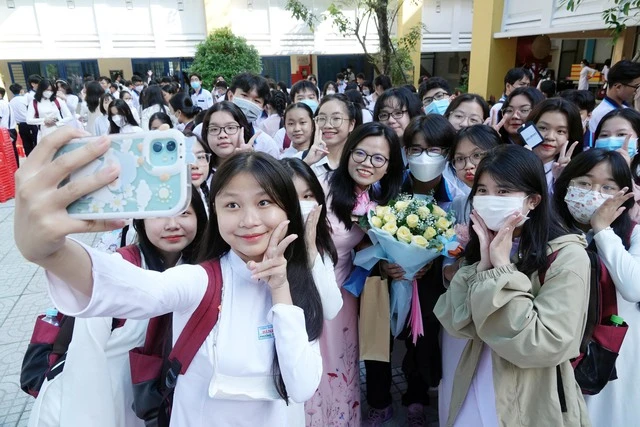
Happy schools start with happy teachers
Many people misunderstand that happy education is to reduce the pressure of studying and taking exams instead of helping children enjoy joy and happiness in learning. The right happy education is to make children feel the joy of learning, stimulate curiosity, love of learning, dreams and creativity. Finnish education is very aware of this: Reduce the burden on knowledge streamlining, reduce unnecessary exams and focus on a really serious exam (high school graduation exam of 6 subjects, assessment, ranking as the basis for admission to vocational schools or universities).
Universities are all implementing the model of startup and creative universities... which has helped Finland become a leading creative country in the world (in recent years, it has always been in the top 10). In particular, Finland has also done the most important thing to ensure the success of happy education: Teaching is the most honored profession in society and teachers are selected, trained, nurtured, and treated very appropriately.
The happiest job
Since ancient times, the teaching profession, or simply called the teaching profession, has always been honored as one of the most noble professions. Moreover, the teaching profession is also the happiest profession because every day teachers come to class, they are happy to share knowledge, connect feelings of love, resonate beliefs, dreams... through hours of study, and have fun experiences with students. The teaching profession also has many great joys in the year (opening ceremony, graduation, teachers' day) and many unexpected good news from birds flying high, flying far from all four corners of the world sent to teachers...
The world is becoming more and more unpredictable, uncertain, and unpredictable with the increasing scale and intensity of natural disasters, epidemics, economic, political, military, and religious conflicts and competitions... along with scientific and technological revolutions and artificial intelligence (AI) that are challenging modern education and requiring teachers to make great efforts to have enough courage, heart, and vision to educate and accompany the young generation living in the new era. In which, happiness is not only knowing how to let go and accept what is present but must be based on continuous learning and aspiration, determination to overcome all adversities, fight against falsehood, cruelty, evil... towards Truth - Goodness - Beauty, creating good things for this life.
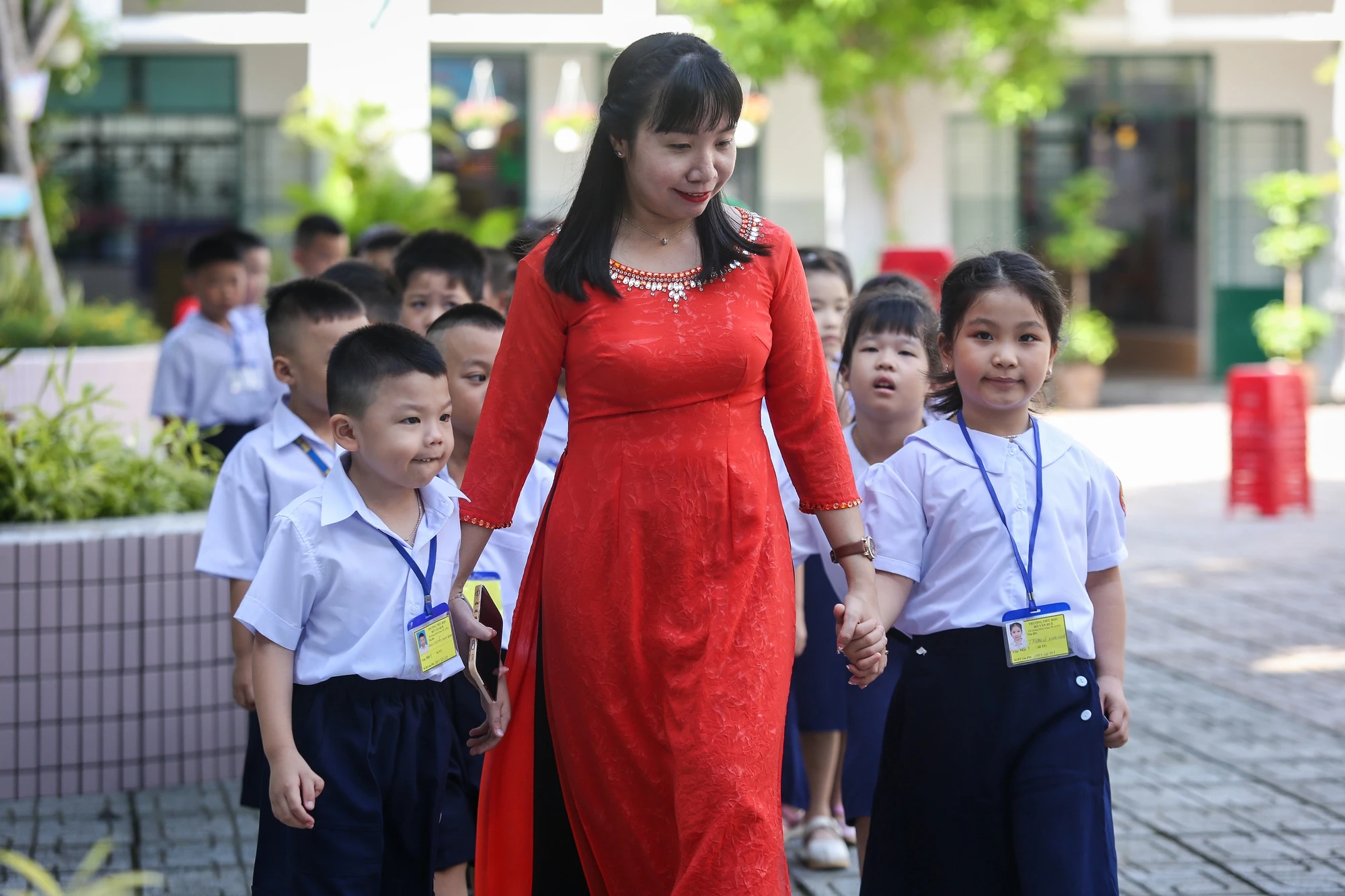
If about 1 million teachers and 18 million students at all levels are happy teaching and learning in nearly 31,000 happy schools today, it will spread enormous positive energy to the whole society, creating a happy nation.
Today, everywhere is joyfully welcoming Vietnamese Teachers' Day with congratulations and beautiful flower baskets... Meanwhile, some countries like Japan do not have Teachers' Day but have concerns and activities to respect teachers all year round, from expressions in community activities such as giving up seats, priority service... to many other incentives.
Recently, the education sector has organized many training courses and seminars on the important role of principals and teachers in building happy schools - places that sow happiness for young generations, which will create a happy nation in the future. If about 1 million teachers and 18 million students at all levels are happy to teach and learn in nearly 31,000 happy schools today, it will spread enormous positive energy to the whole society, creating a happy nation.
Recommendations on policies and regimes for teachers
Along with the spiritual joy of working and contributing to the noble career of educating people, teachers also need the State and society to continue to care for them and create conditions for them to be able to live with their profession and be truly happy.
The State needs to have reasonable policies on teachers' salaries, allowances and working hours:
- After July 1, 2023, according to the new salary level, university-educated teachers with about 10 years of seniority and salary level 3-4 are receiving a monthly salary of about 6-7 million VND... With this income, many teachers have to teach extra classes or do extra jobs that are not suitable for the teaching profession to make ends meet. If the State does not have the conditions to increase the overall salary, it is also necessary to consider increasing allowances for teachers in remote areas and teachers who are good at teaching and have achievements in training and nurturing excellent students...
- Retirement policies for teachers should be flexible. Good and healthy teachers should be given the opportunity to continue contributing to the public sector…
- There are preferential policies and regulations for teachers in medical services, health care, transportation, and credit (it is advisable to refer to other countries, especially Japan, on this).
- Encourage and create conditions for businesses and social organizations to care for and support teachers: reduce prices of goods, services... to participate in social and community education activities. For example, many businesses have also reduced prices of services, goods... for teachers on the occasion of November 20, the opening of the school year... There are also some businesses that regularly offer incentives to teachers such as discounts, installment purchases of computers, motorbikes, apartments with low interest rates...
- Schools and parent associations need to coordinate to have specific, practical and timely activities for teachers in difficulty or retired teachers, not just to visit on November 20.
- Connecting alumni and students with teachers to share information, knowledge and joy regularly, not just when meeting in person.
Source link



![[Photo] "Beauties" participate in the parade rehearsal at Bien Hoa airport](https://vstatic.vietnam.vn/vietnam/resource/IMAGE/2025/4/11/155502af3384431e918de0e2e585d13a)


![[Photo] Looking back at the impressive moments of the Vietnamese rescue team in Myanmar](https://vstatic.vietnam.vn/vietnam/resource/IMAGE/2025/4/11/5623ca902a934e19b604c718265249d0)






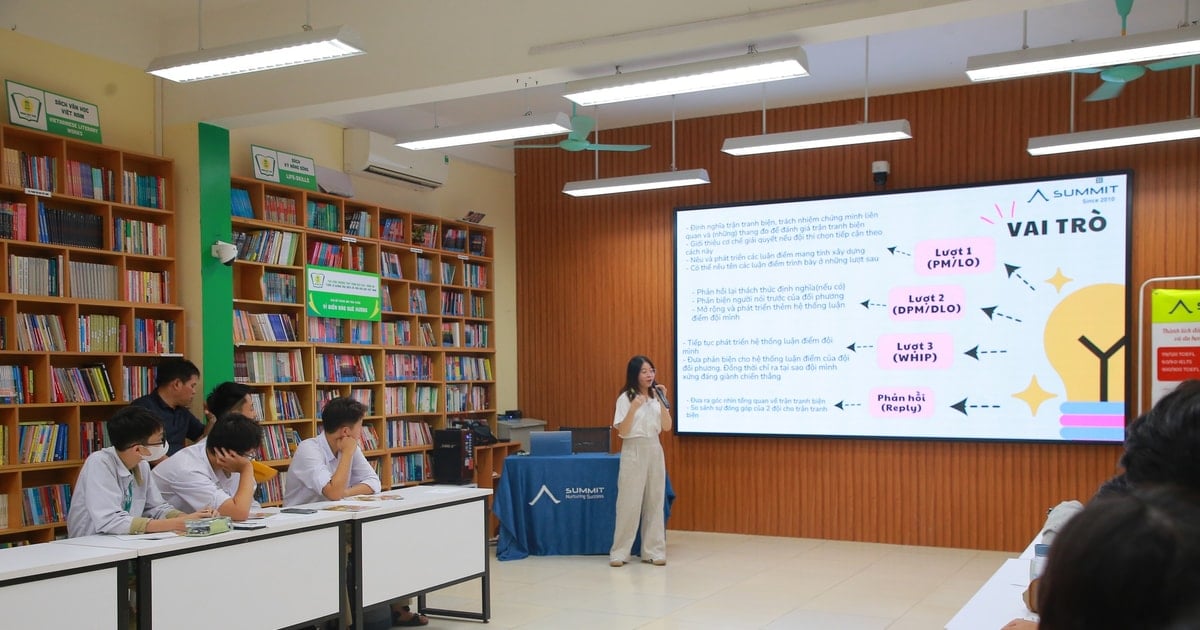

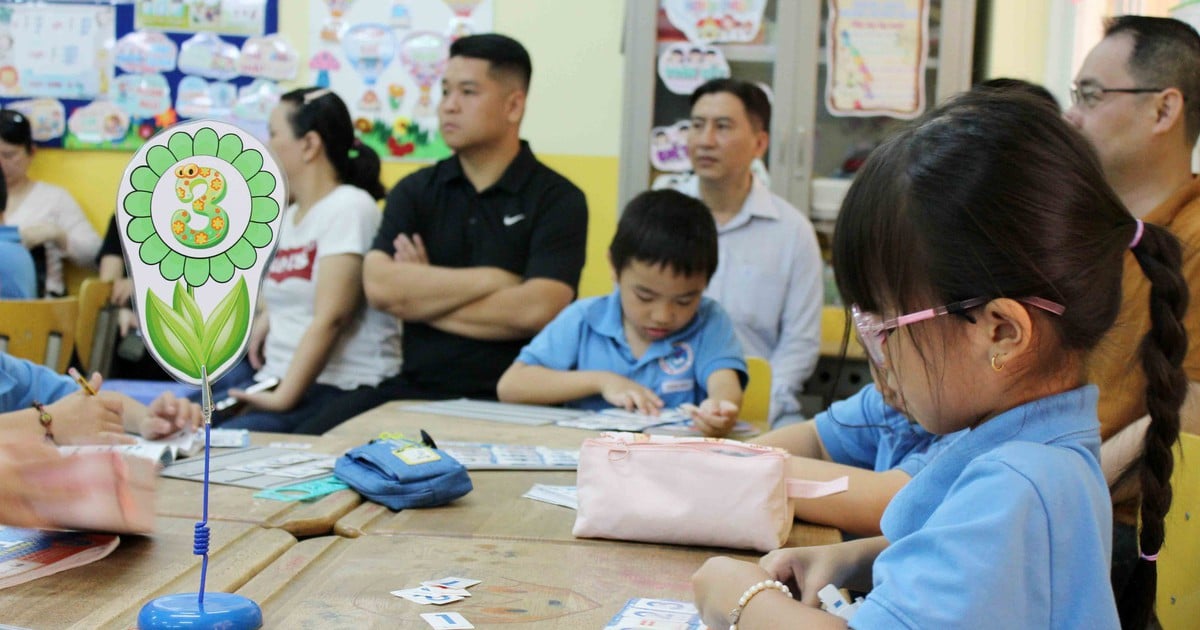

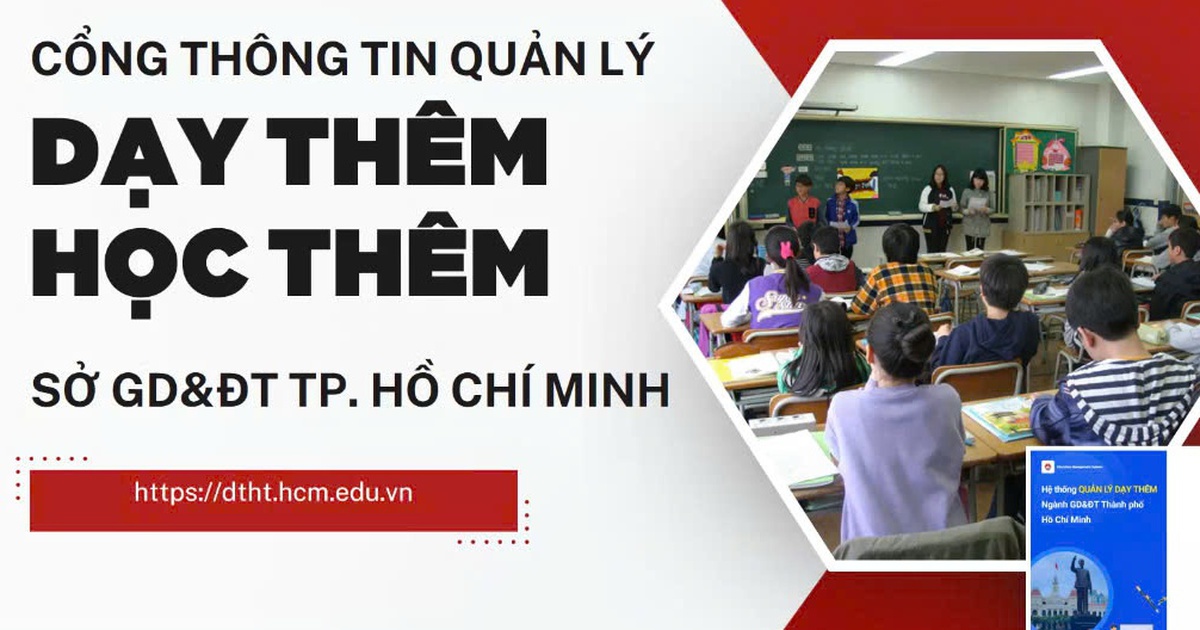
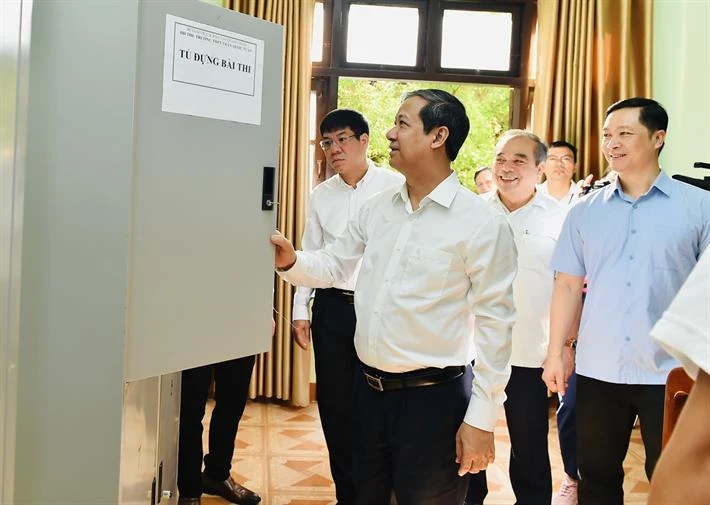











![[Photo] Summary of parade practice in preparation for the April 30th celebration](https://vstatic.vietnam.vn/vietnam/resource/IMAGE/2025/4/11/78cfee0f2cc045b387ff1a4362b5950f)







































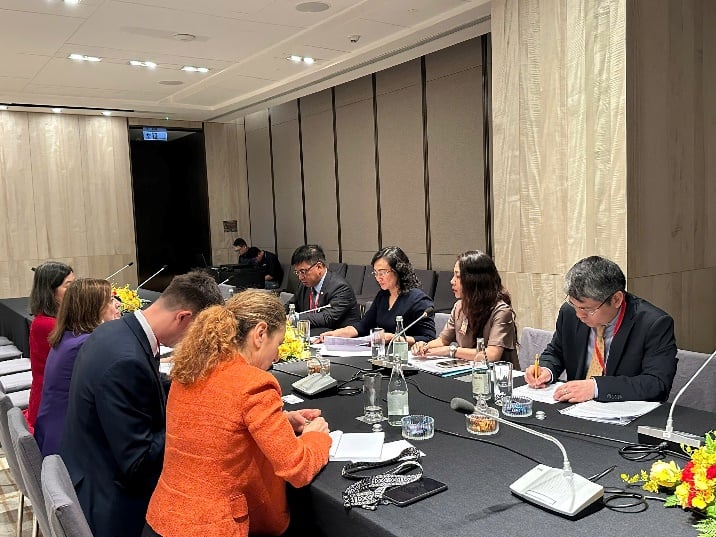


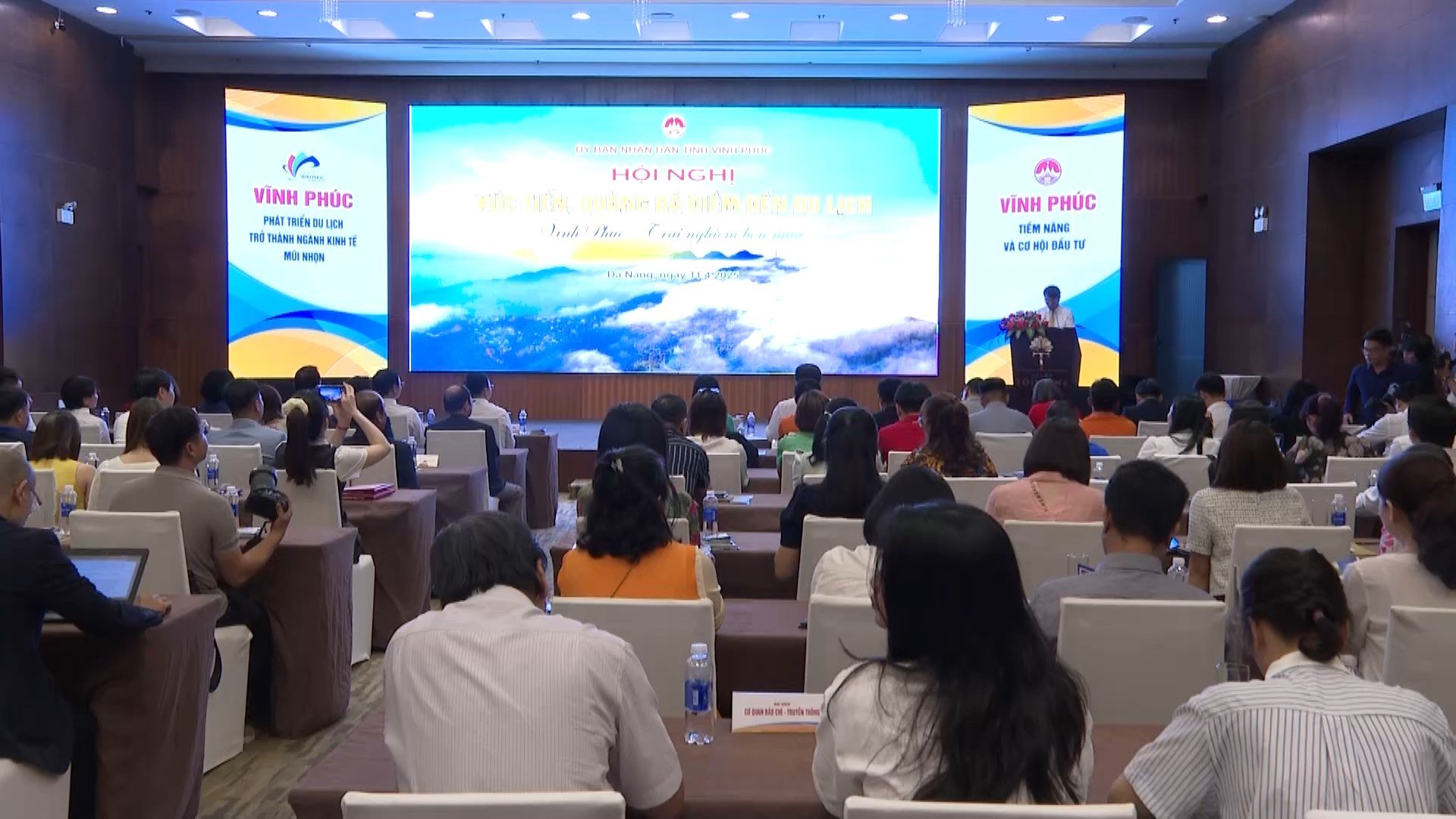




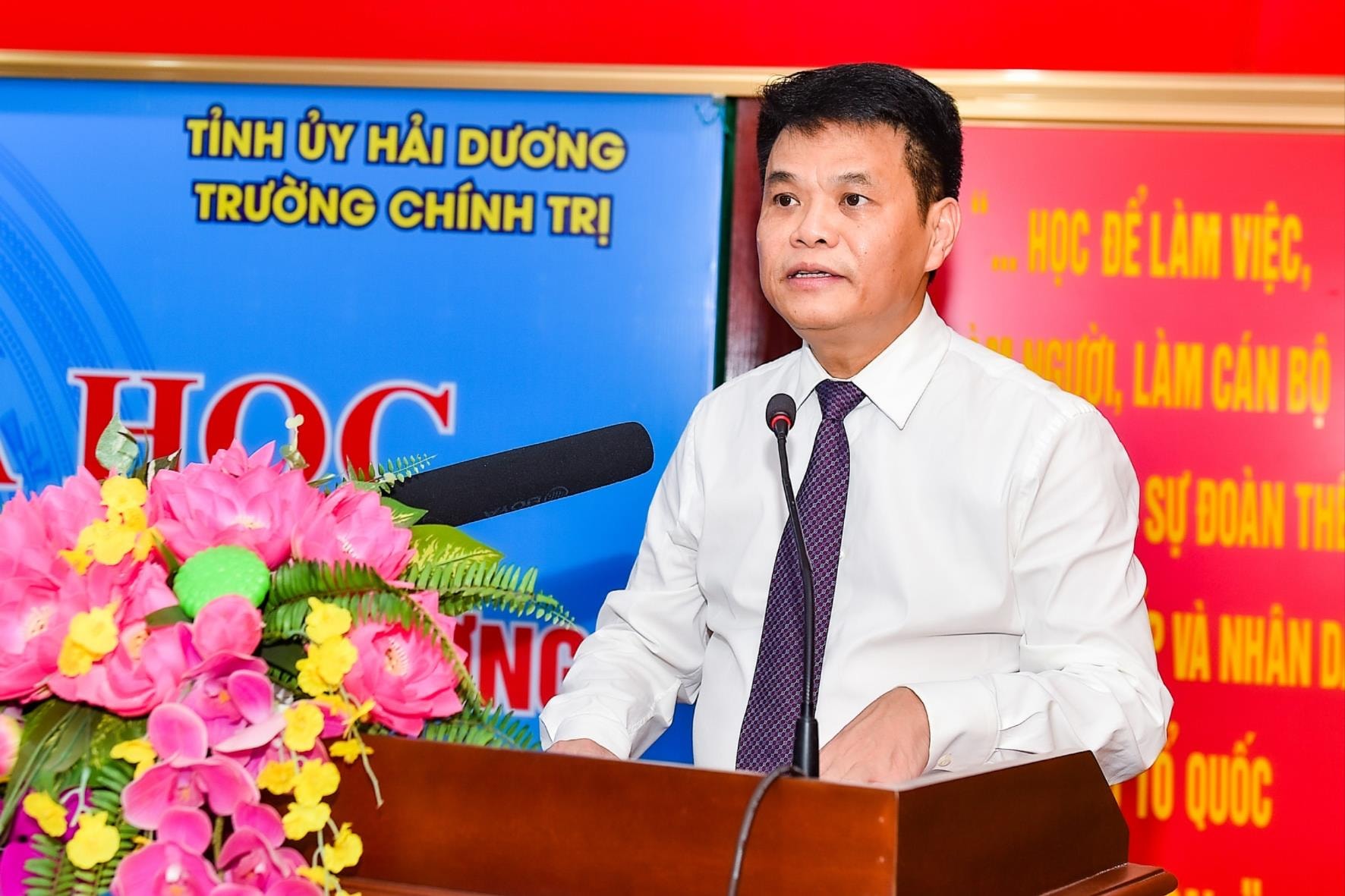

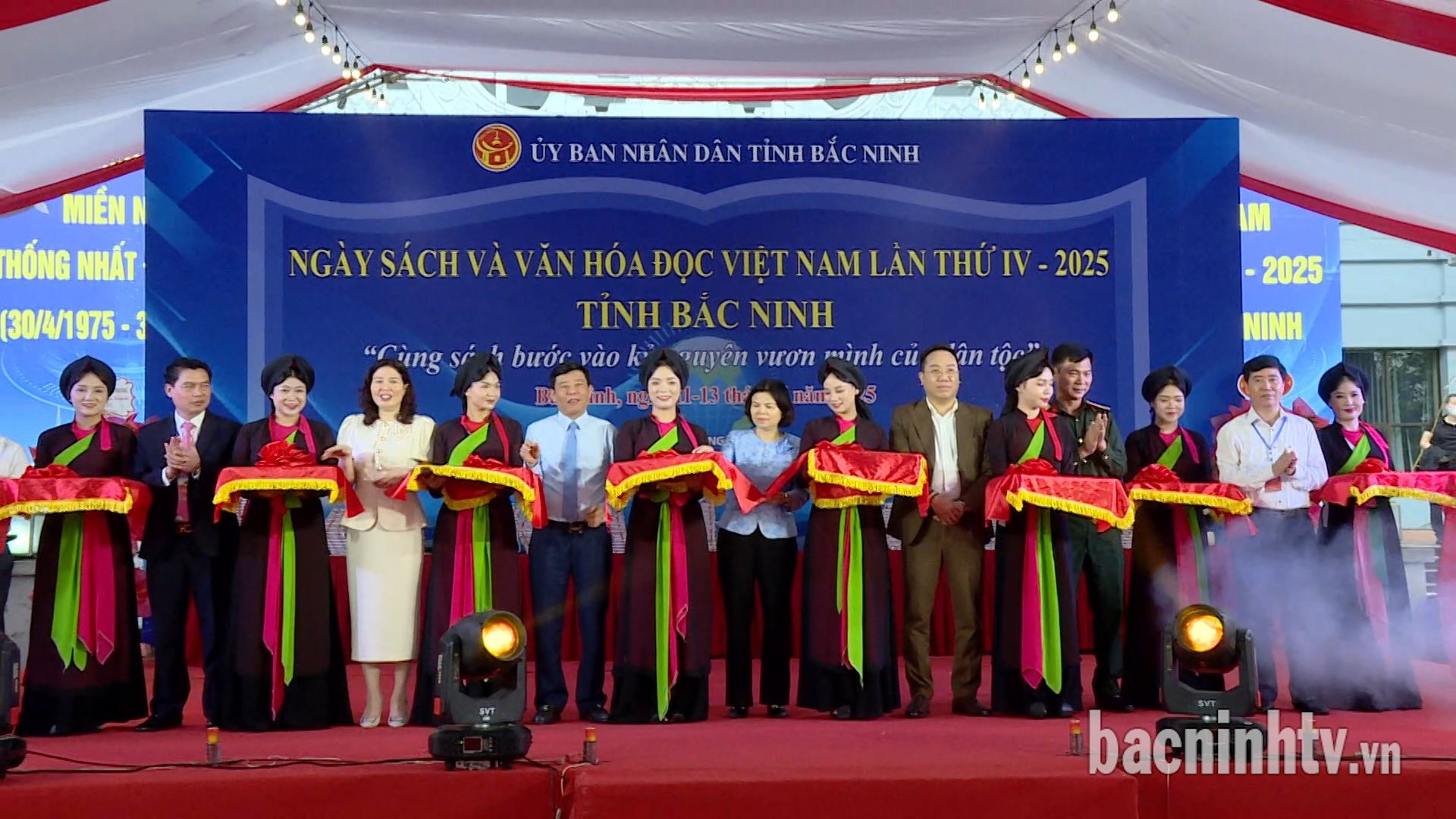











Comment (0)